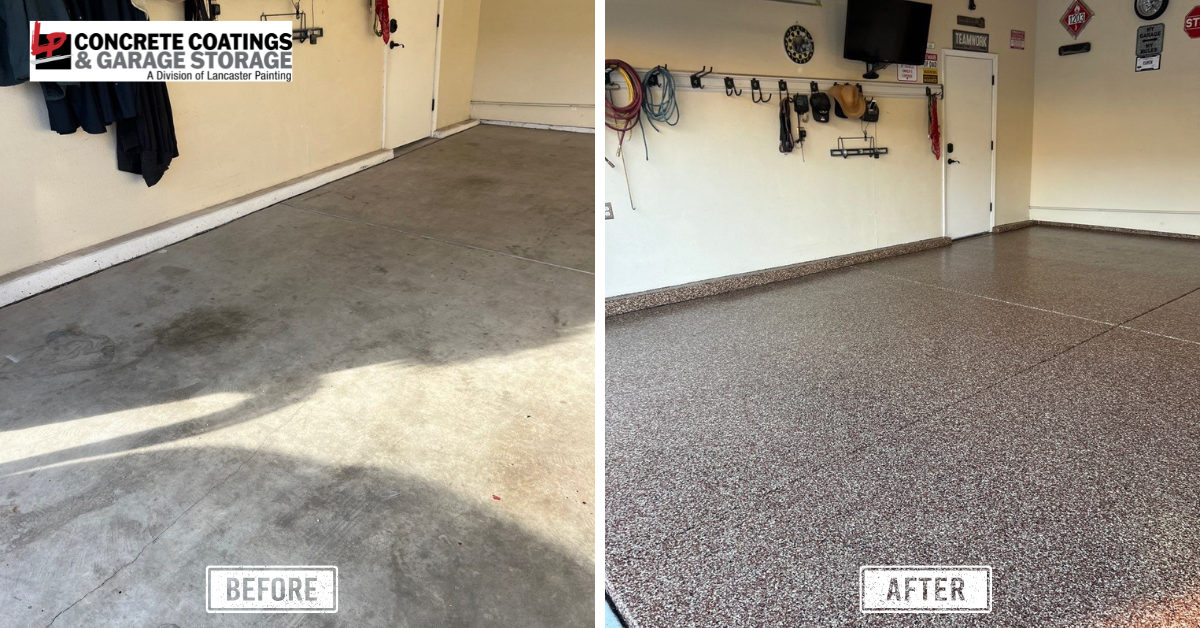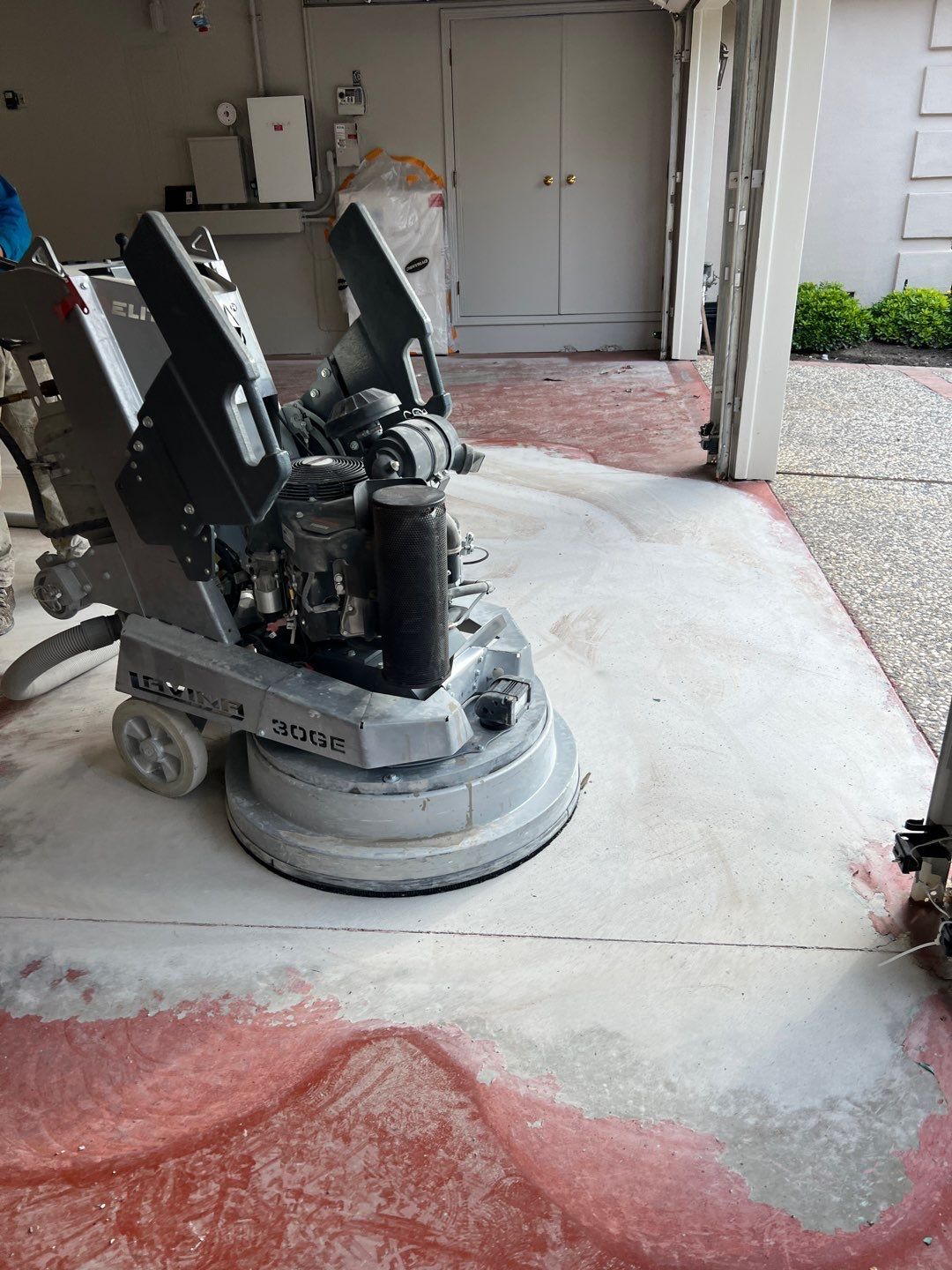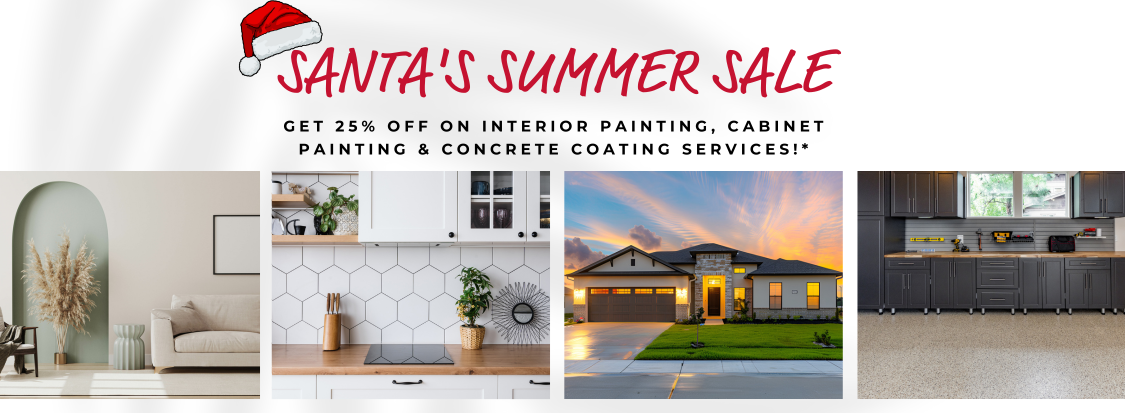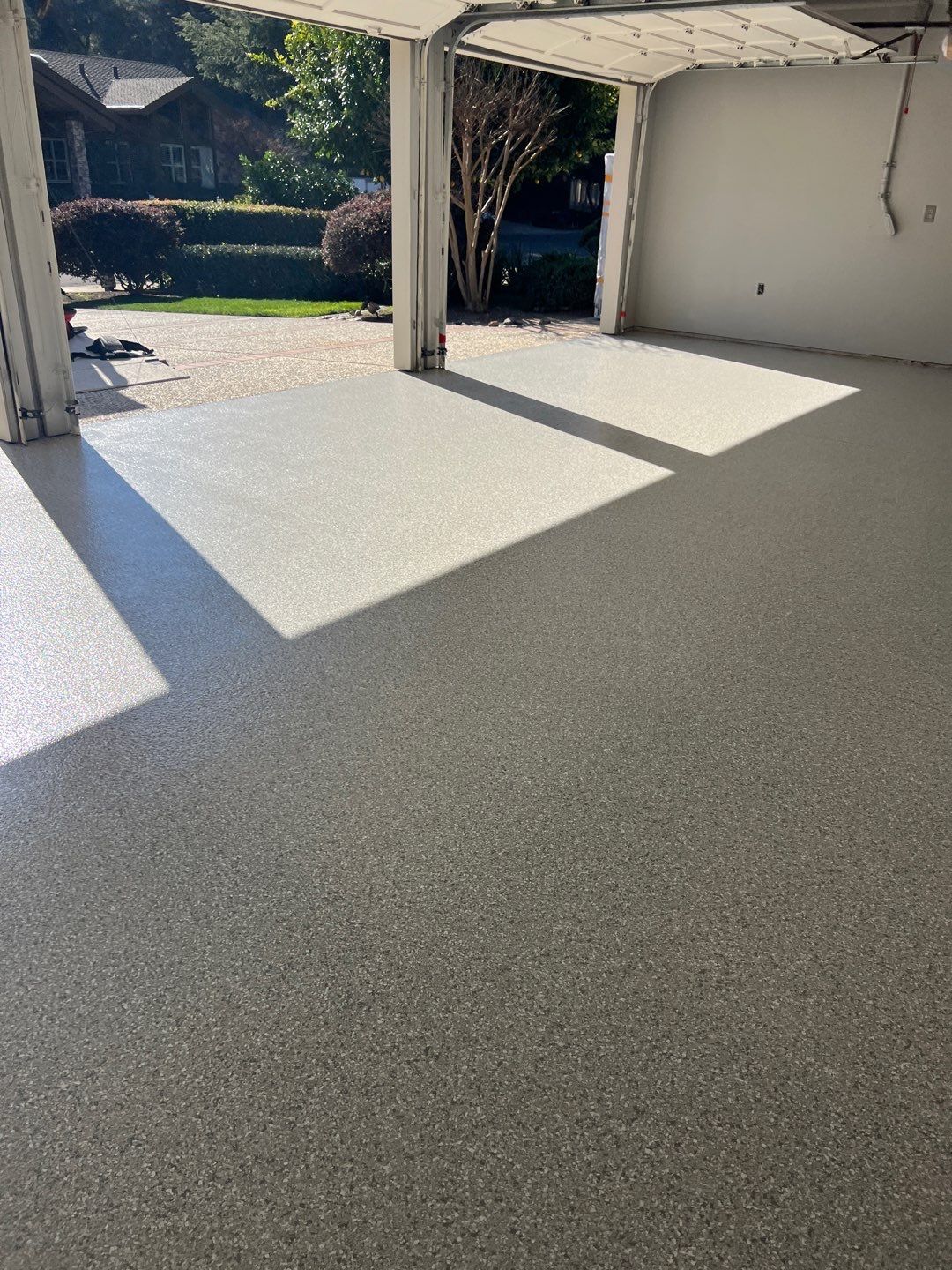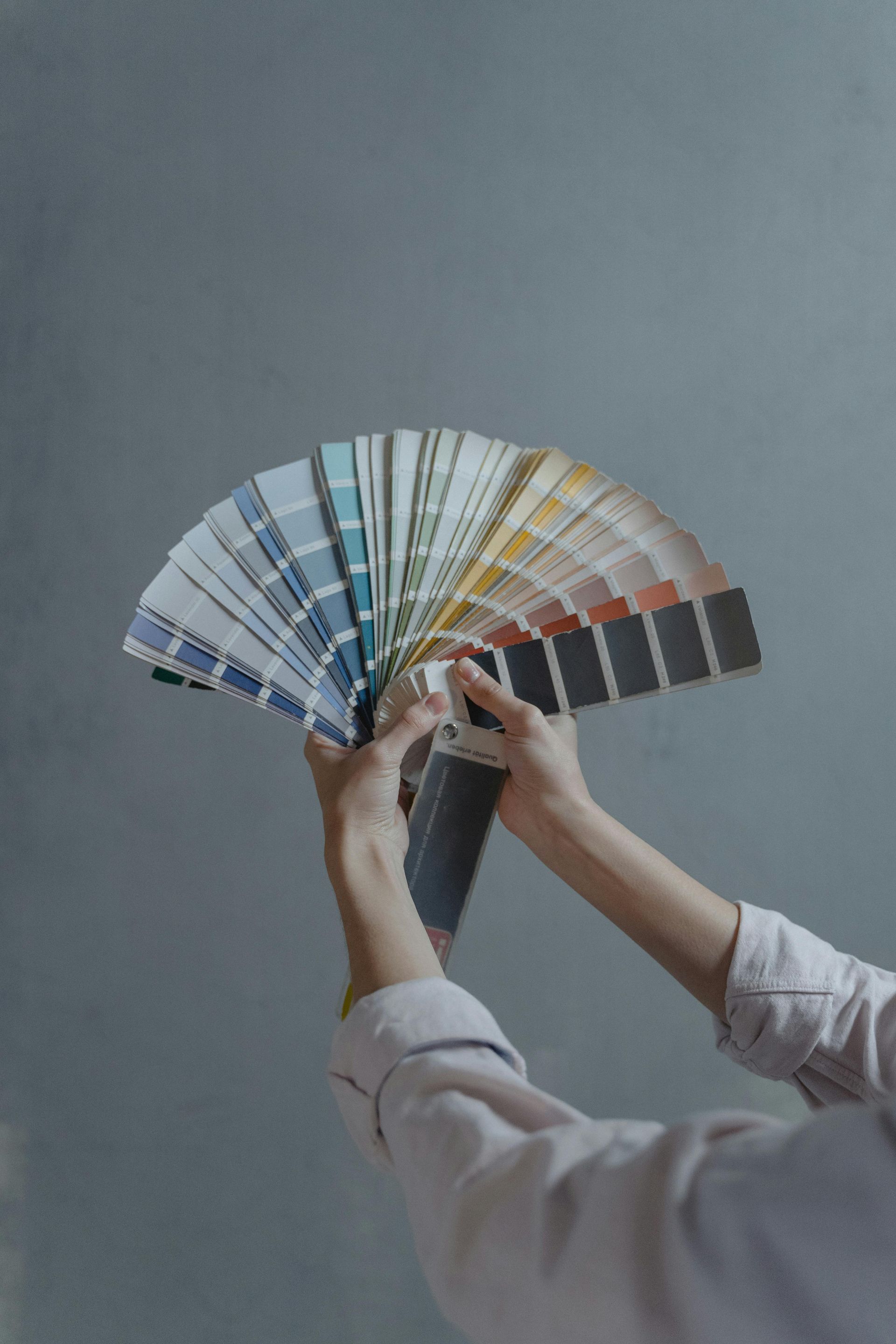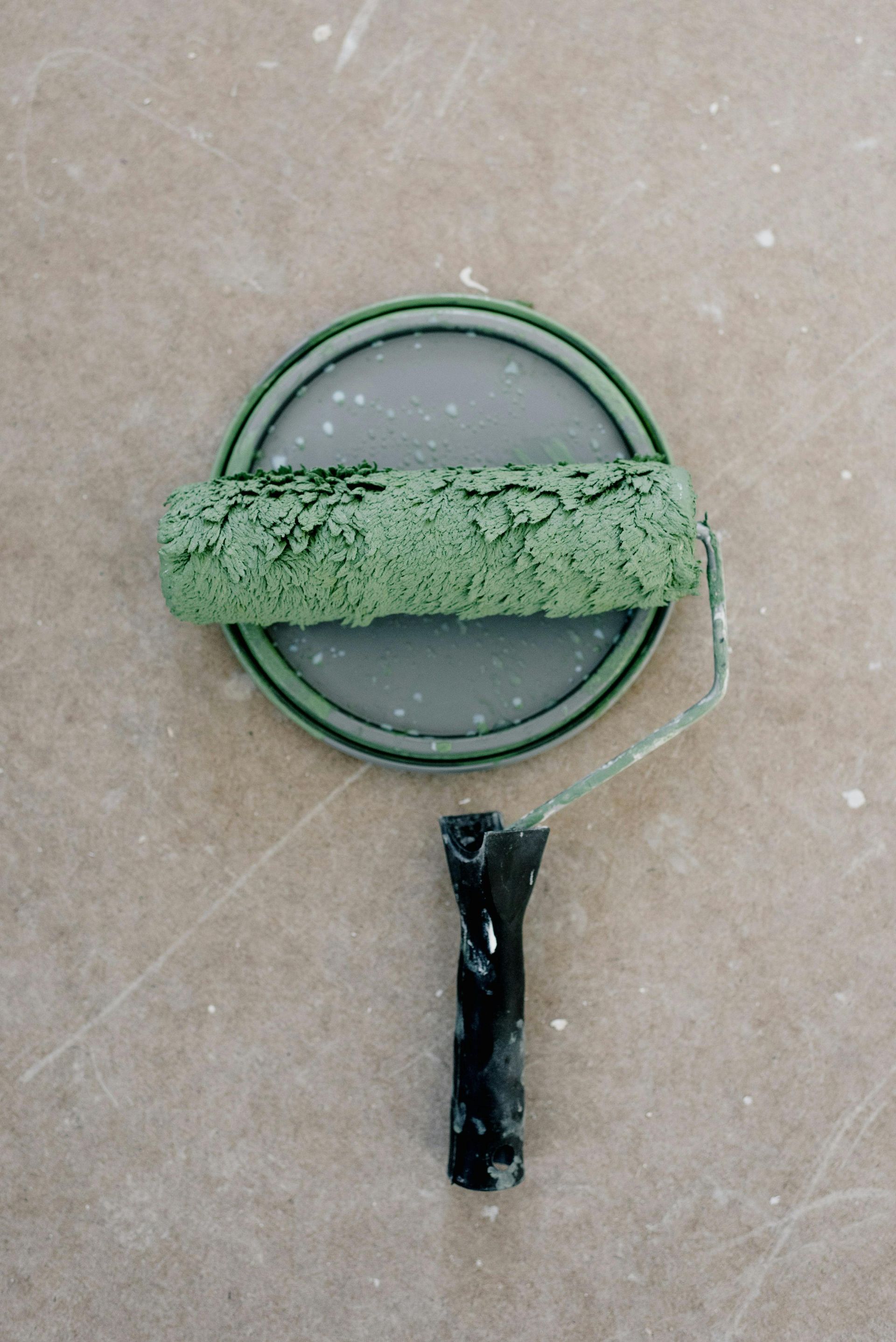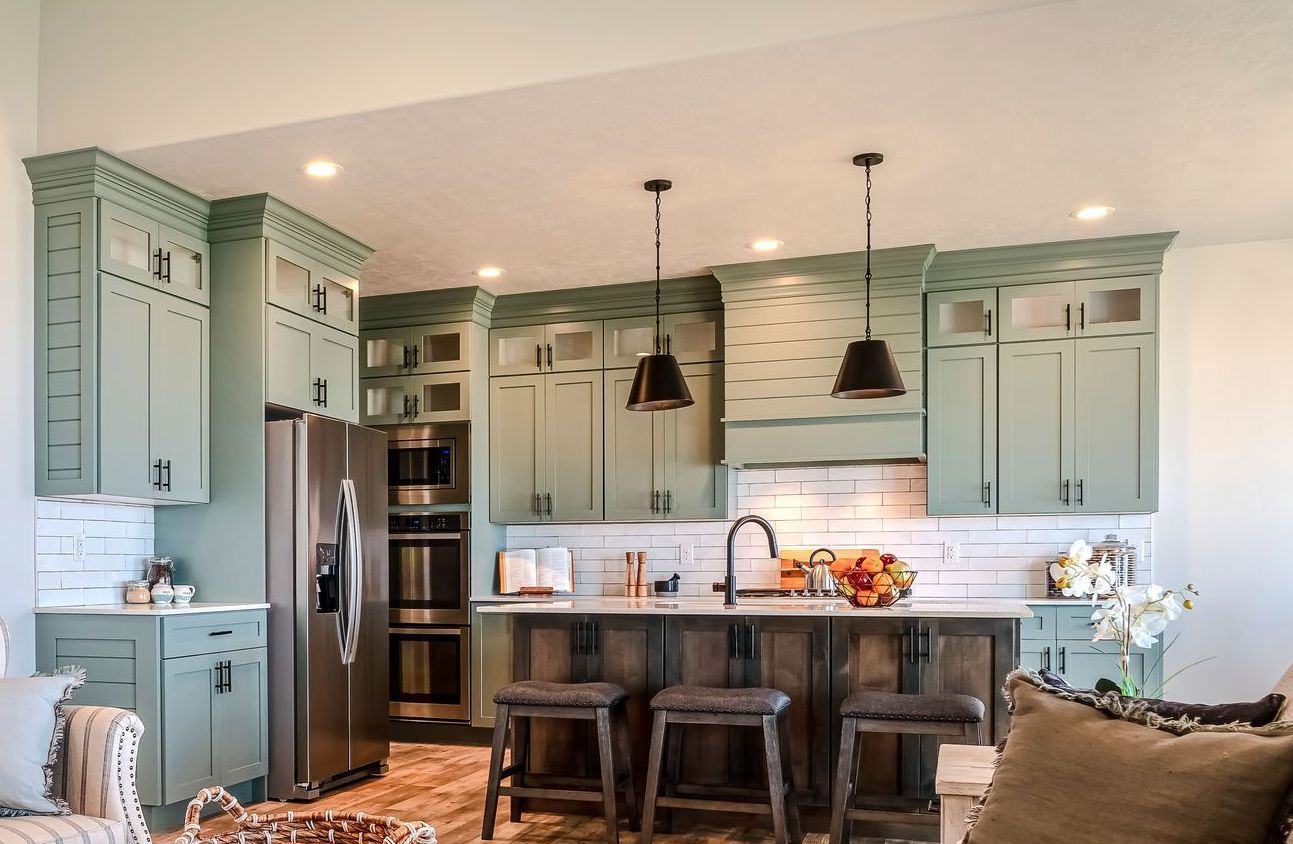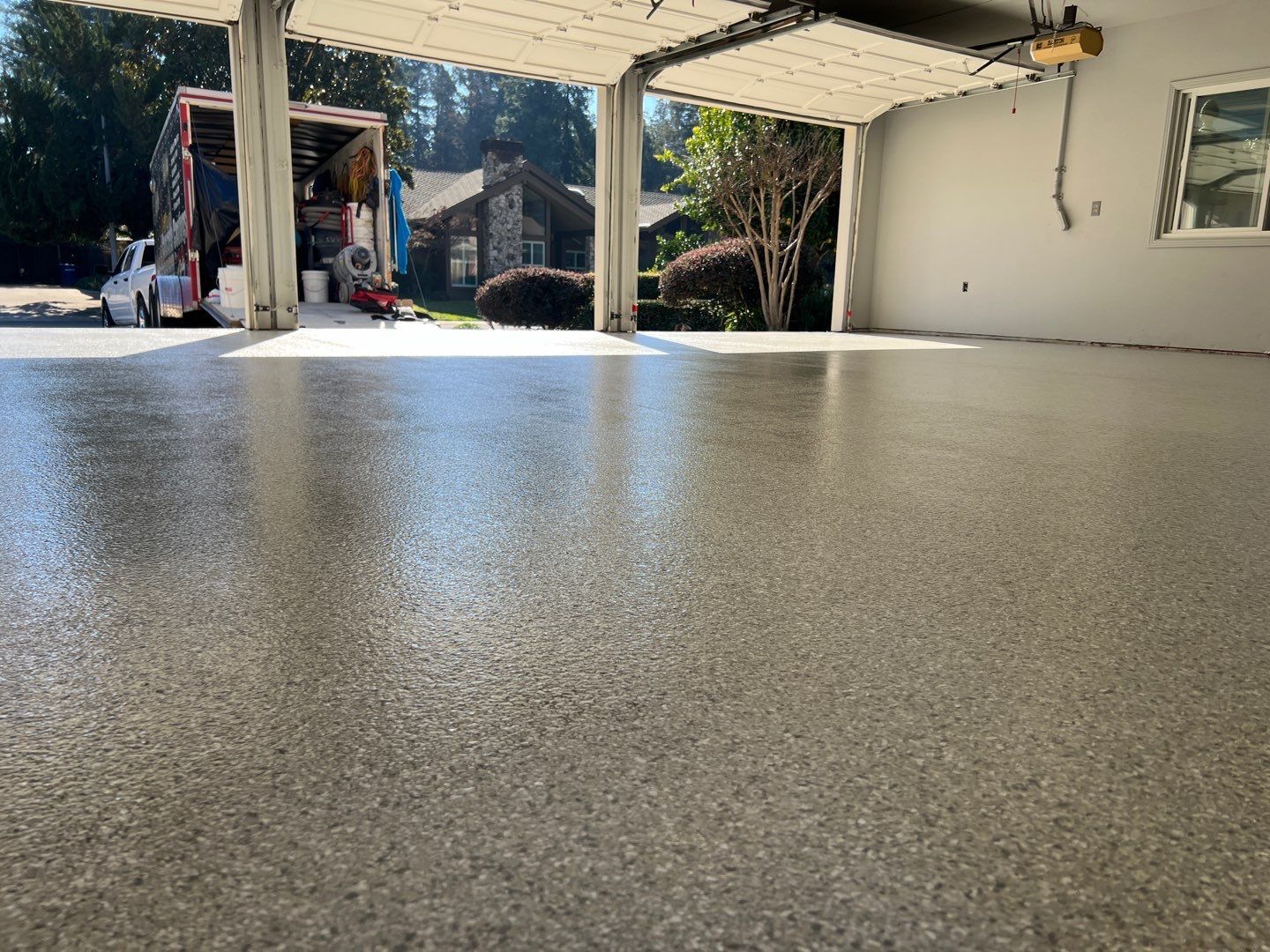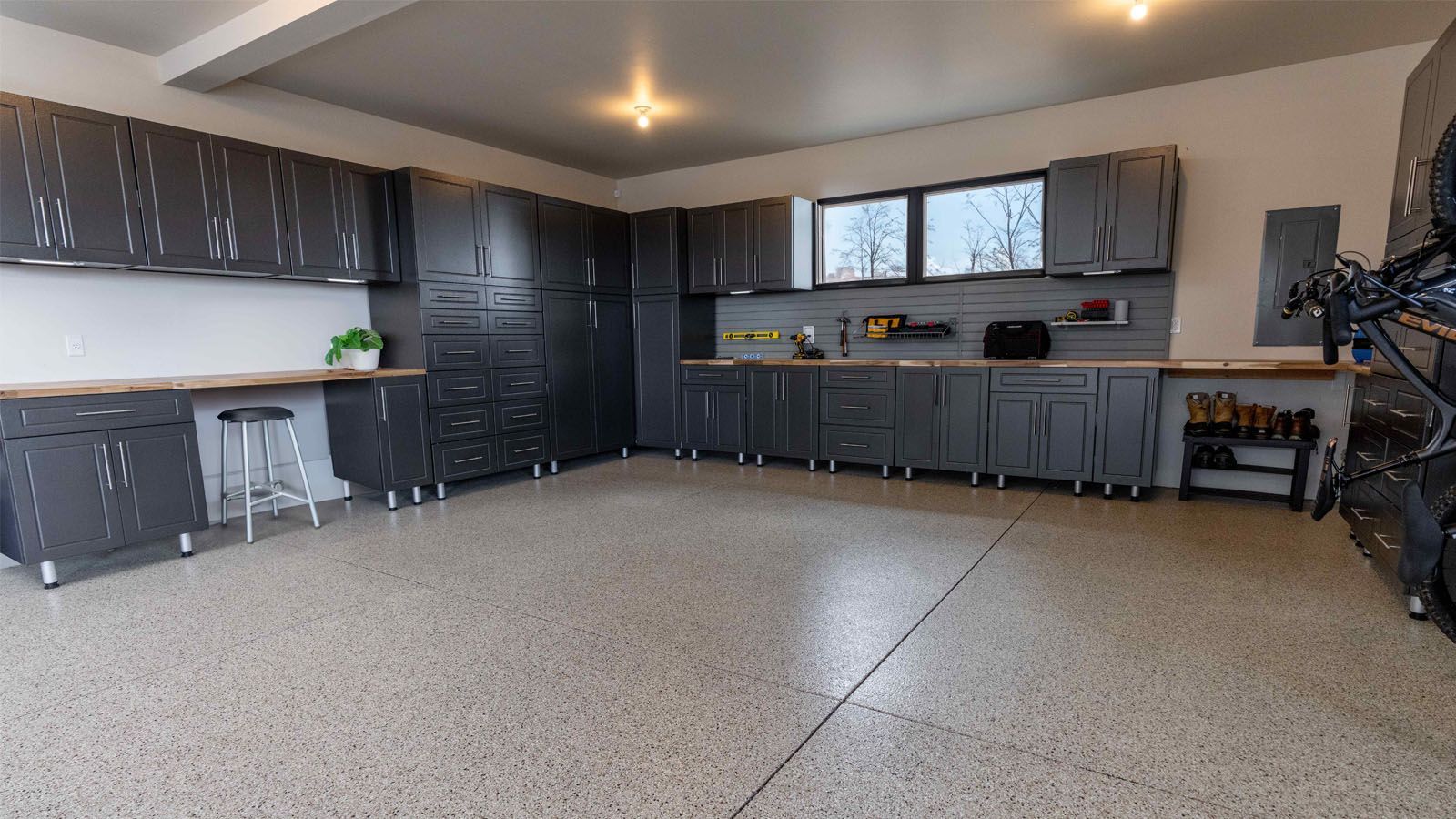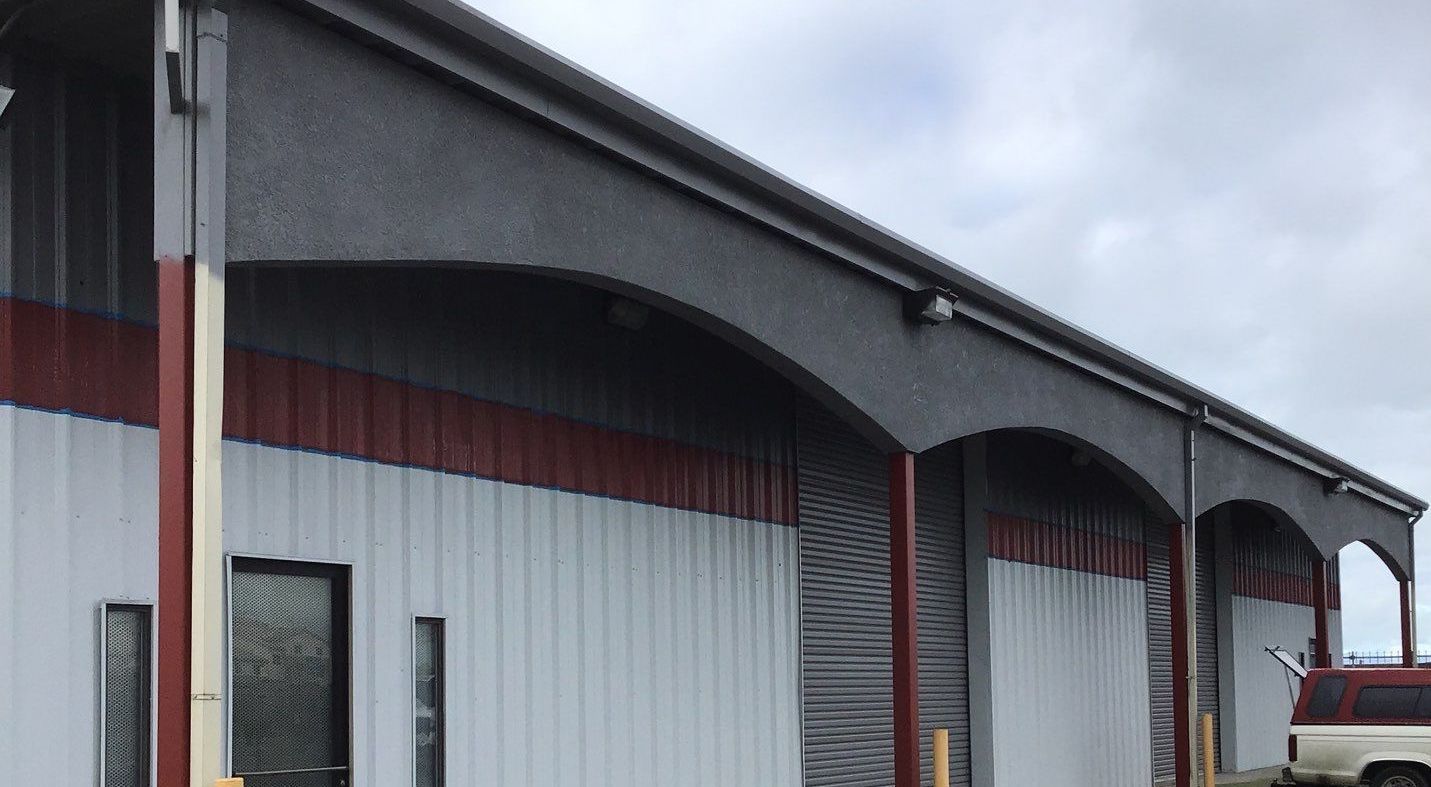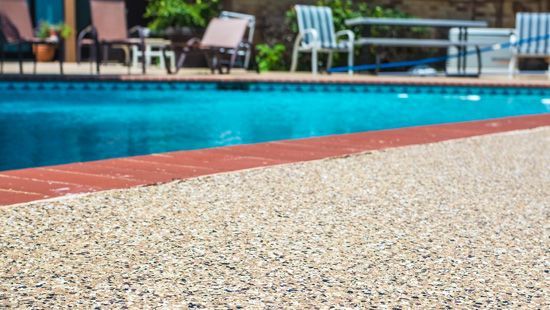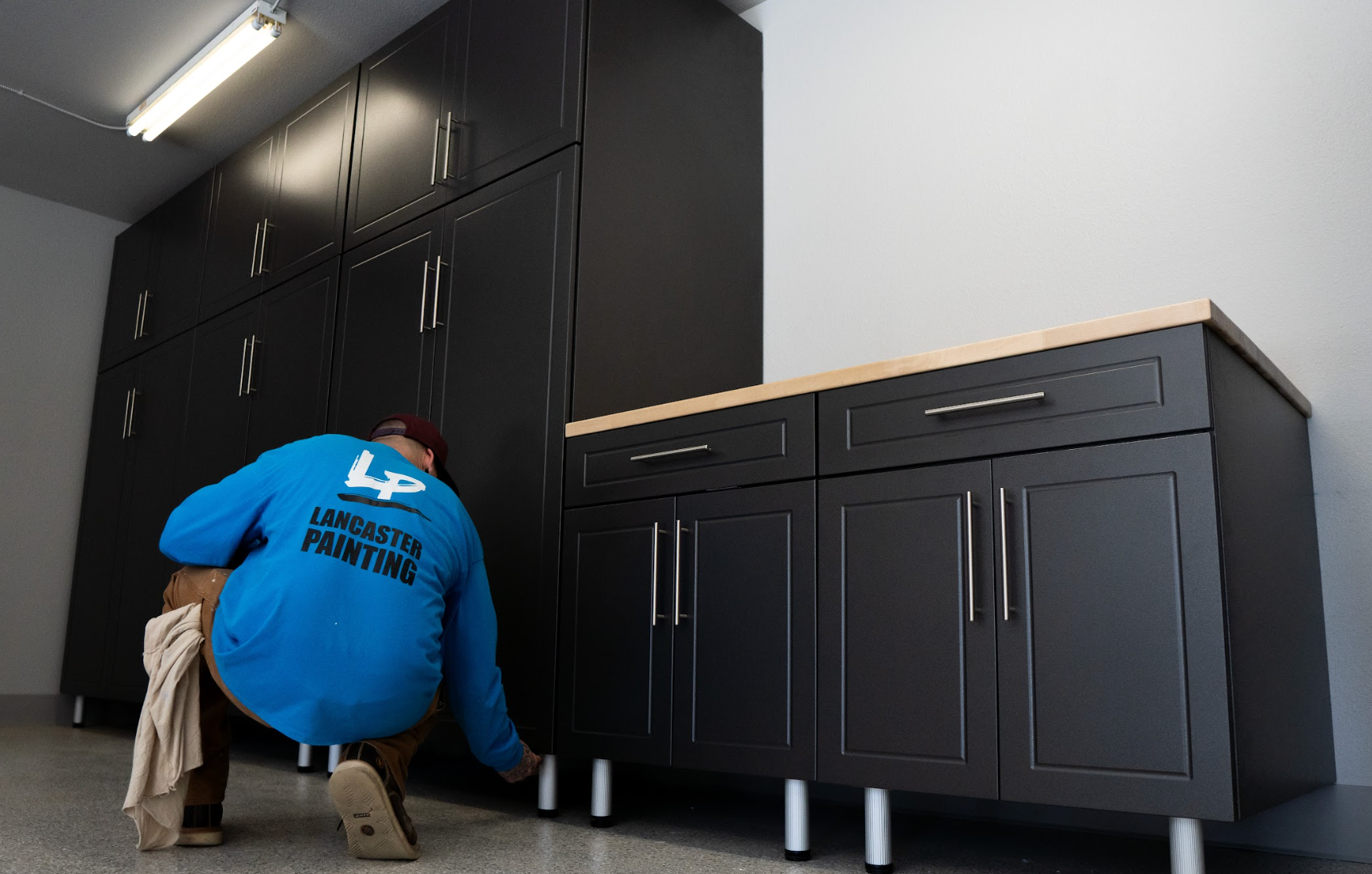How to Choose the Perfect Cabinet Paint Color to Transform Your Kitchen
When it comes to giving your kitchen a makeover, nothing makes a bigger impact than updating your cabinets with a fresh coat of paint. The right cabinet color can completely transform the look and feel of your kitchen, making it brighter, more inviting, and even increasing its value. But with so many color options, how do you pick the perfect shade? Whether you have a small galley kitchen or a spacious open-concept design, this guide will help you choose the ideal cabinet paint color to suit your space and style.
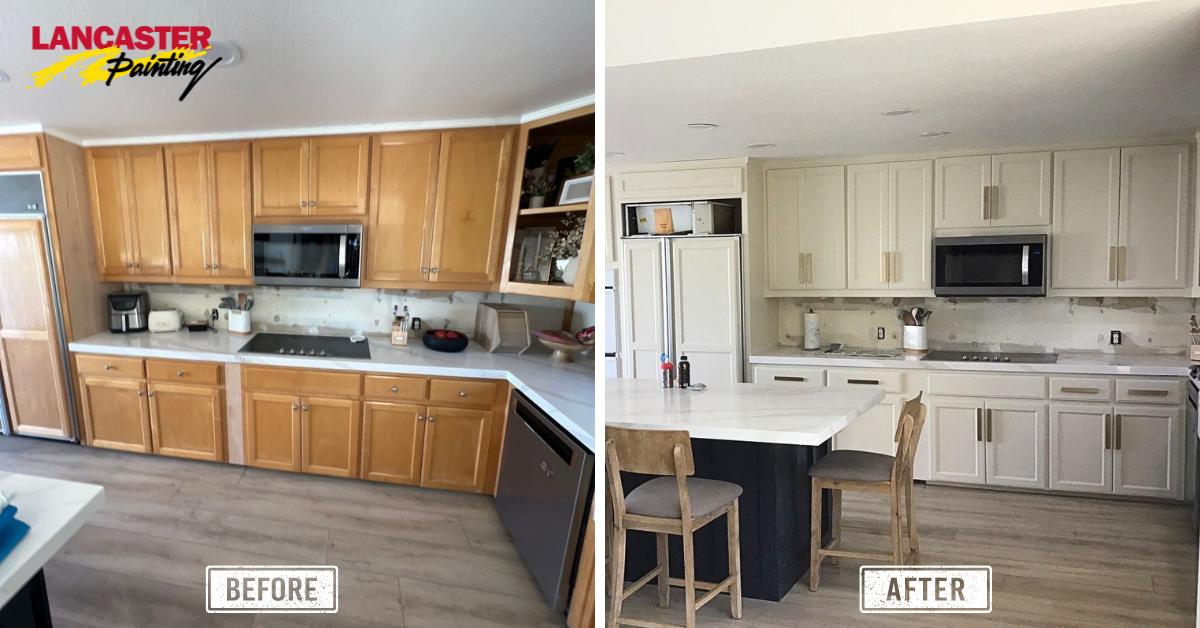
1. Consider Your Kitchen’s Size
The size of your kitchen plays a significant role in determining the right cabinet color. Different hues can either make a space feel larger or cozier, so it's important to match the color to the room's dimensions.
- For Small Kitchens: If you’re working with a small kitchen, light colors are your best friend. White, soft greys, or pale pastels can make the space feel more open and airy. Lighter colors reflect natural light, which helps create the illusion of a larger space. White cabinets, for instance, are a classic choice for small kitchens as they make the room feel bright and clean.
- For Larger Kitchens: If you have a more spacious kitchen, you can be a bit bolder with your color choices. Darker hues like navy blue, charcoal grey, or even black can add a sense of drama and sophistication without overwhelming the space. Pairing dark cabinets with lighter countertops and backsplashes can help balance the room and keep it from feeling too heavy.
2. Match the Color to Your Kitchen Style
Your kitchen’s overall style should guide your cabinet color choice. Different design aesthetics work best with certain shades.
- Modern or Contemporary Kitchens: For a sleek and modern look, neutral tones like whites, greys, or blacks are ideal. These colors create a minimalist, clean appearance that complements stainless steel appliances and streamlined designs. If you want to add a pop of color, consider bold options like navy or emerald green, which pair well with modern hardware.
- Traditional or Classic Kitchens: Classic kitchens often favor warm tones like creams, soft yellows, or muted greys. These colors evoke a timeless feel and work well with natural wood accents or stone countertops. White cabinets are also a staple in traditional kitchens, offering a crisp, clean look that never goes out of style.
- Farmhouse or Rustic Kitchens: For a cozy, rustic vibe, think about earthy colors like sage green, soft blue, or even distressed wood finishes. These shades work beautifully with wood beams, farmhouse sinks, and vintage-inspired hardware. Muted tones will bring warmth to the space while still keeping things light and inviting.
- Coastal or Beach-Style Kitchens: If you're drawn to the breezy, coastal aesthetic, look for colors inspired by the sea. Soft blues, sandy beiges, and crisp whites are perfect for creating a serene, beachy vibe. Light and airy colors will make your kitchen feel open and relaxed, just like a seaside retreat.
3. Complement the Existing Features
When choosing a cabinet color, it’s essential to consider the other elements of your kitchen. Your cabinet paint should complement the countertops, backsplash, and flooring, so they all work together harmoniously.
- Countertops and Backsplash: If you have bold or busy countertops, like granite or quartz with intricate patterns, it’s best to stick with neutral or solid cabinet colors that won’t compete with the existing surfaces. On the other hand, if your countertops and backsplash are more understated, you can opt for bolder cabinet colors to add personality to the space.
- Flooring: Dark cabinets paired with dark floors can make a room feel smaller, so if you have dark wood or tile flooring, consider going with a lighter cabinet color to balance the look. For light or neutral-colored flooring, you have more flexibility to go either light or dark with your cabinets.
4. Take Inspiration from Current Trends
If you’re unsure where to start with color choices, looking at popular trends can give you some fresh ideas. Cabinet colors evolve over time, and incorporating a current trend can make your kitchen feel more stylish and up-to-date.
- Two-Tone Cabinets: A growing trend is to use two different colors on your upper and lower cabinets. For example, lighter cabinets on top (like white or soft grey) paired with darker colors on the bottom (such as navy blue or forest green) can add depth and visual interest to your kitchen.
- Earthy Tones: Warm, natural hues like sage green, taupe, and terracotta are making a comeback in kitchens. These colors bring a calming, organic feel to the space and pair well with natural wood or stone elements.
- Bold Pops of Color: For those who like to make a statement, bold cabinet colors such as deep blue, emerald green, or even a striking black can create a dramatic focal point. These colors work particularly well in modern or contemporary kitchens, adding a touch of luxury and sophistication.
5. Add Hardware for the Finishing Touch
Once you’ve chosen the perfect paint color, don’t forget the hardware! The right knobs, handles, and hinges can tie the whole look together. For modern kitchens, sleek chrome or black hardware works well, while traditional kitchens might benefit from brass or oil-rubbed bronze accents. Matching your hardware to the overall style and color of your cabinets can enhance the transformation.
Conclusion
Picking the perfect cabinet paint color is a fun yet important decision in transforming your kitchen. By considering your kitchen’s size, style, existing features, and using samples to test, you’ll be well on your way to creating a space you love. Remember, cabinets take up a significant portion of the visual space in your kitchen, so choose a color that reflects your personal taste and complements the room’s overall design.
With a fresh coat of paint, your kitchen will feel like new—no major renovation required!
